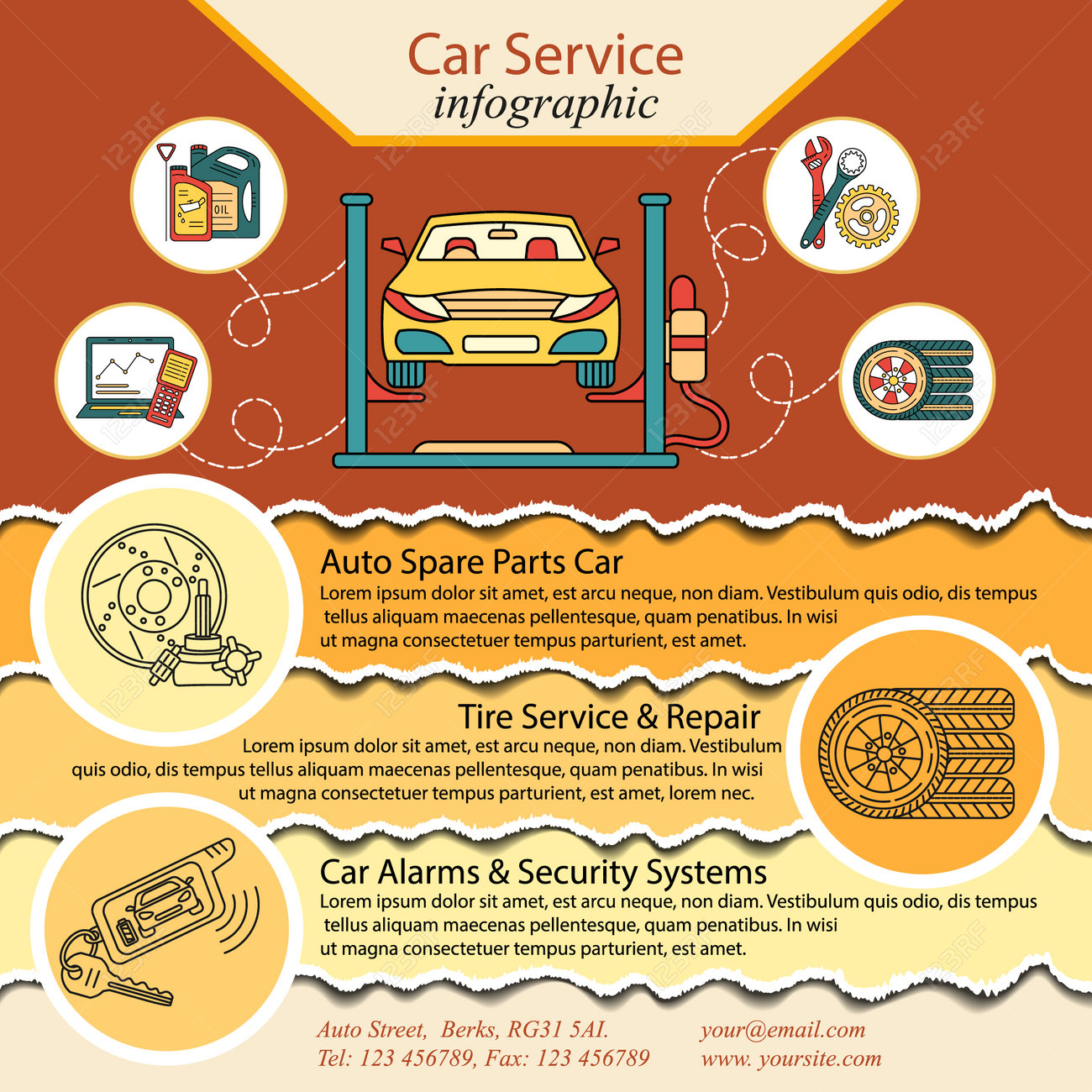Assessing Your Auto'S Caution Indicators: What They Truly Communicate
Assessing Your Auto'S Caution Indicators: What They Truly Communicate
Blog Article
Composed By-Samuelsen Gilbert
When you lag the wheel, those glowing caution lights on your control panel can be a bit complicated. Do you understand what they're attempting to inform you concerning your automobile's health? Comprehending the relevance of these lights is important for your security and the longevity of your automobile. So, the following time one of those lights turns up, would not you intend to decipher its message properly and take the essential steps to resolve it?
Common Caution Lights and Interpretations
Recognize typical warning lights in your automobile and understand their meanings to make sure safe driving.
The most regular warning lights consist of the check engine light, which indicates concerns with the engine or emissions system. If this light begins, it's vital to have your vehicle examined quickly.
The oil stress warning light shows low oil stress, requiring prompt interest to stop engine damages.
A flashing battery light could suggest a malfunctioning billing system, potentially leaving you stranded otherwise attended to.
The tire pressure surveillance system (TPMS) light informs you to reduced tire stress, affecting lorry stability and fuel effectiveness. Ignoring this can cause hazardous driving conditions.
The abdominal light shows a problem with the anti-lock braking system, compromising your capacity to stop promptly in emergencies.
Finally, the coolant temperature level warning light warns of engine overheating, which can lead to extreme damage otherwise resolved quickly.
Comprehending these typical caution lights will certainly assist you deal with issues promptly and keep safe driving conditions.
Value of Prompt Attention
Comprehending the common caution lights in your car is only the primary step; the value of immediately resolving these cautions can't be stressed sufficient to ensure your safety and security when driving.
When a warning light brightens on your control panel, it's your vehicle's means of communicating a prospective issue that requires interest. Ignoring these warnings can result in a lot more extreme issues down the road, compromising your security and potentially costing you a lot more in repairs.
Prompt interest to cautioning lights can avoid malfunctions and accidents. As an example, a blinking check engine light could indicate a misfire that, if left unattended, can create damage to the catalytic converter. Resolving this quickly can save you from a pricey repair work.
In a similar way, a brake system cautioning light could indicate low brake fluid or used brake pads, essential parts for your safety when driving.
DIY Troubleshooting Tips
If you notice a caution light on your dashboard, there are a couple of DIY repairing tips you can attempt prior to looking for expert aid.
The primary step is to consult your car's manual to understand what the certain warning light suggests. Often the issue can be as straightforward as a loose gas cap triggering the check engine light. Tightening up the gas cap may fix the problem.
Another common concern is a reduced battery, which can activate numerous cautioning lights. Inspecting clean car engine near me for corrosion and ensuring they're protected could deal with the problem.
If a caution light continues, you can attempt resetting it by detaching the auto's battery for a couple of mins and then reconnecting it. Additionally, inspecting you can try this out , such as oil, coolant, and brake liquid, can assist fix cautioning lights connected to these systems.
Verdict
In conclusion, comprehending your automobile's caution lights is crucial for keeping your vehicle running smoothly and safely. By without delay addressing these informs and understanding what they indicate, you can prevent costly repairs and potential break downs.
Remember to consult your auto's manual for particular information on each cautioning light and do something about it accordingly to guarantee a hassle-free driving experience.
Stay notified, stay risk-free when driving!
